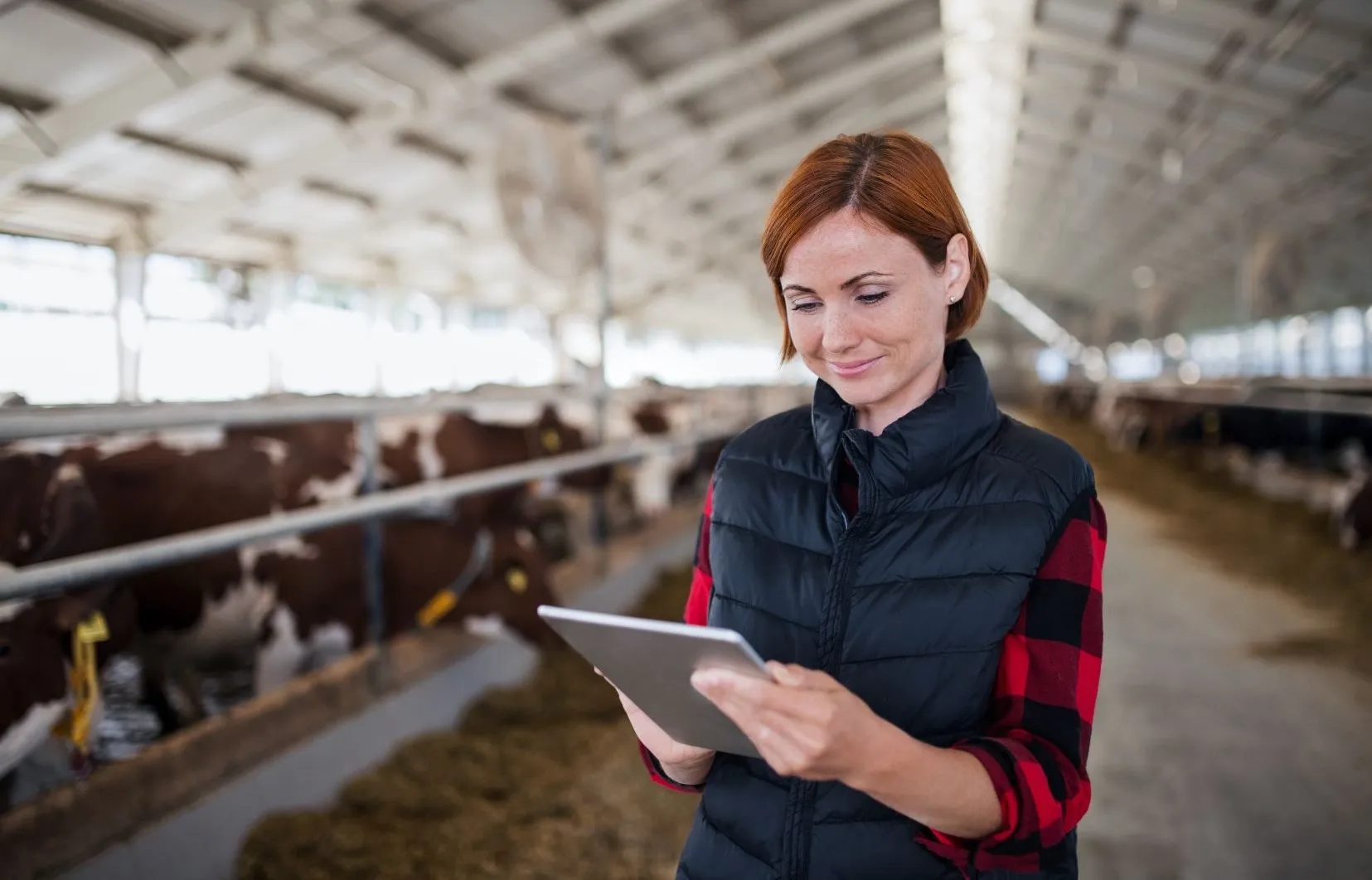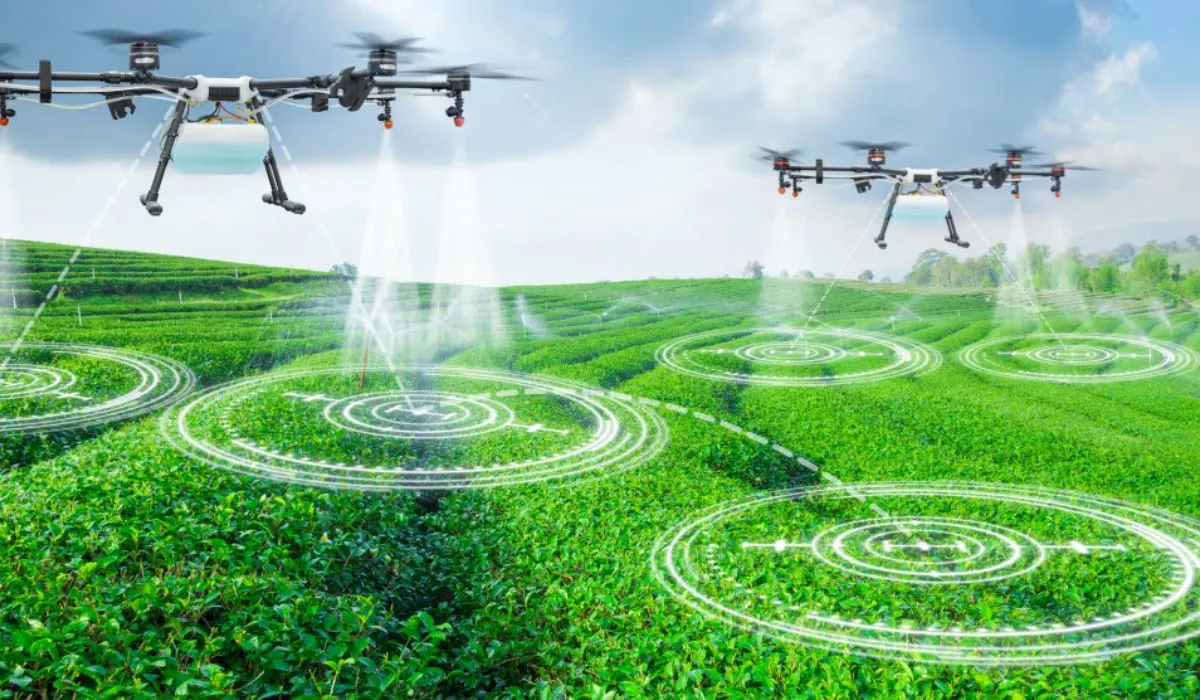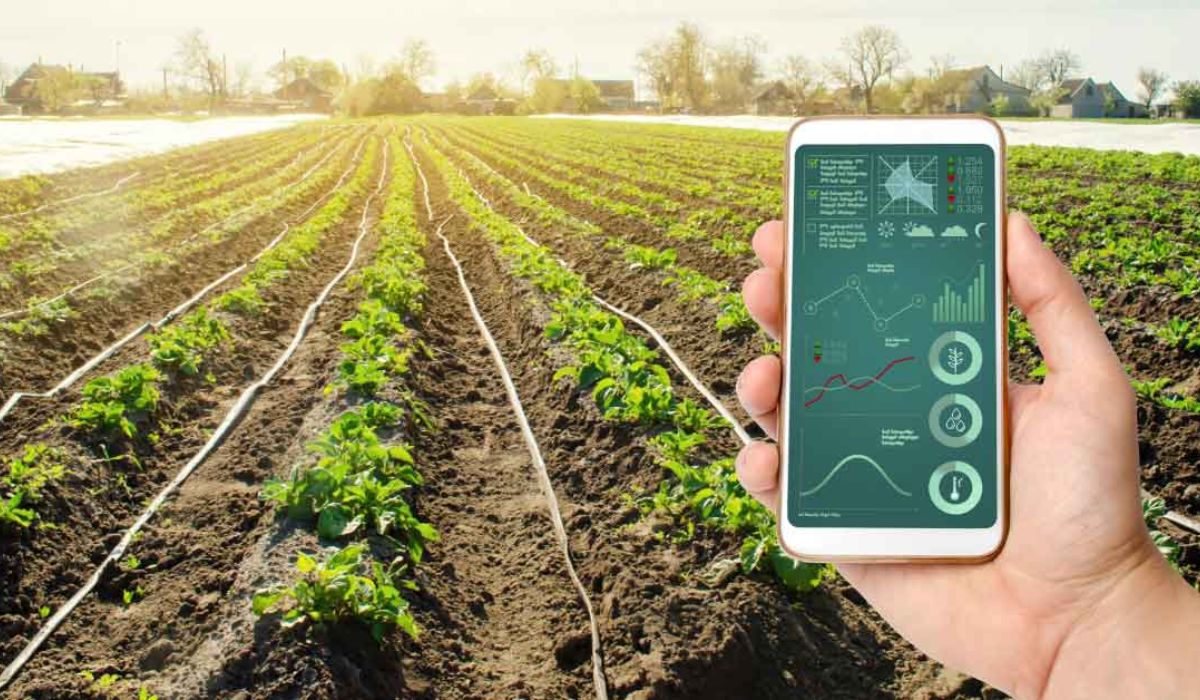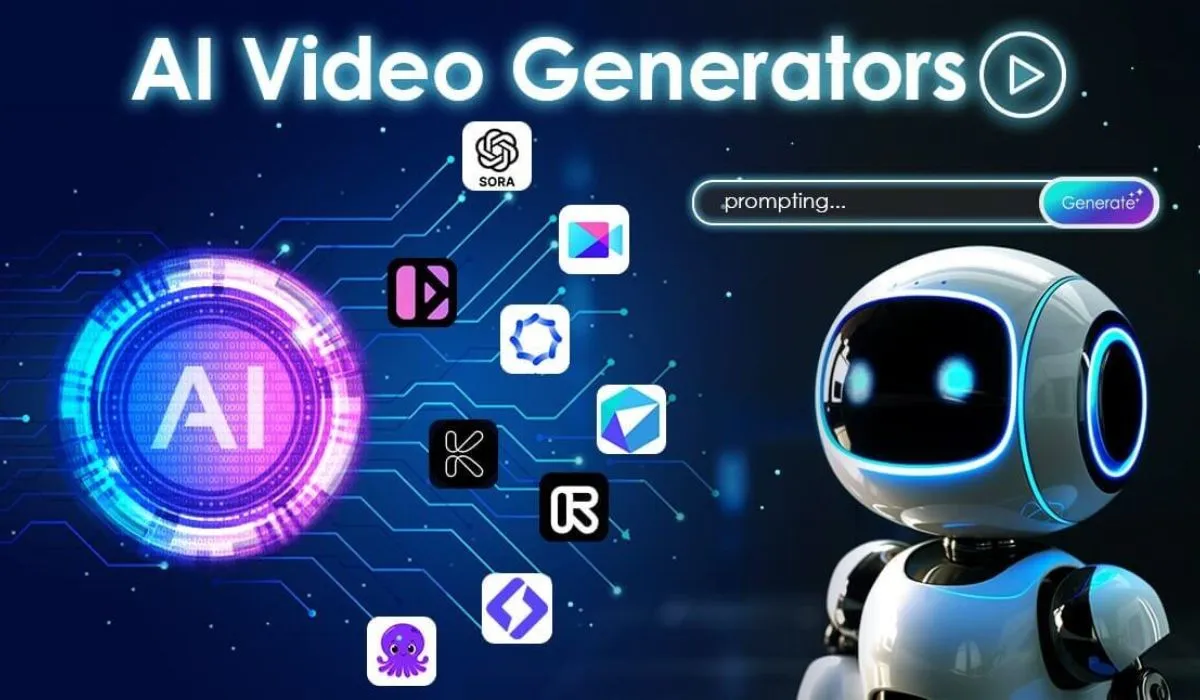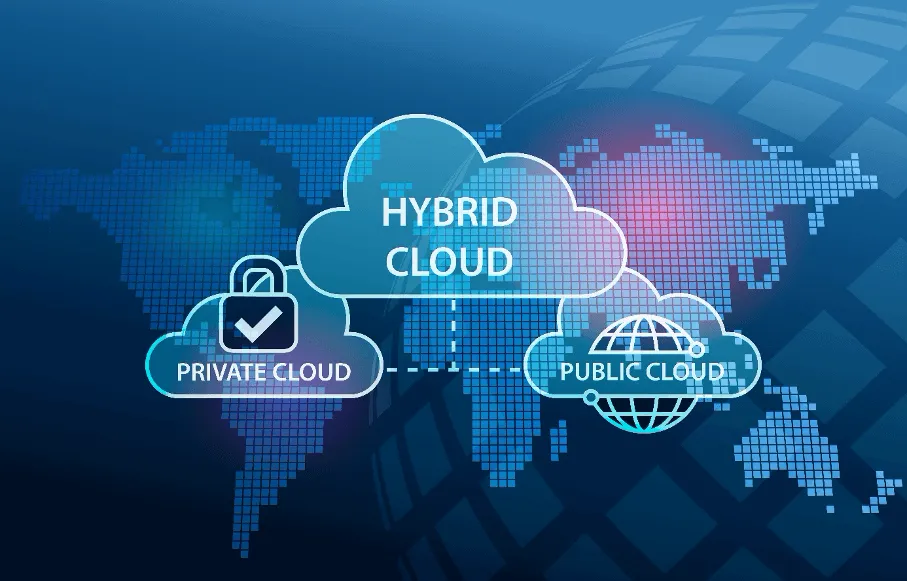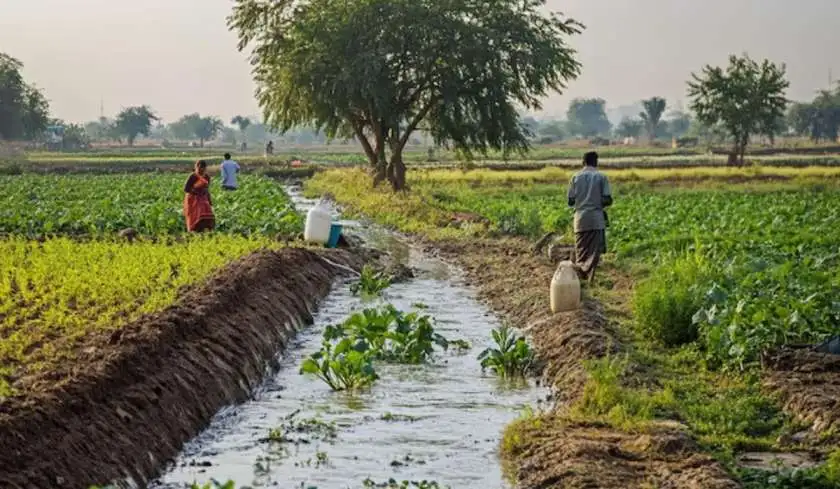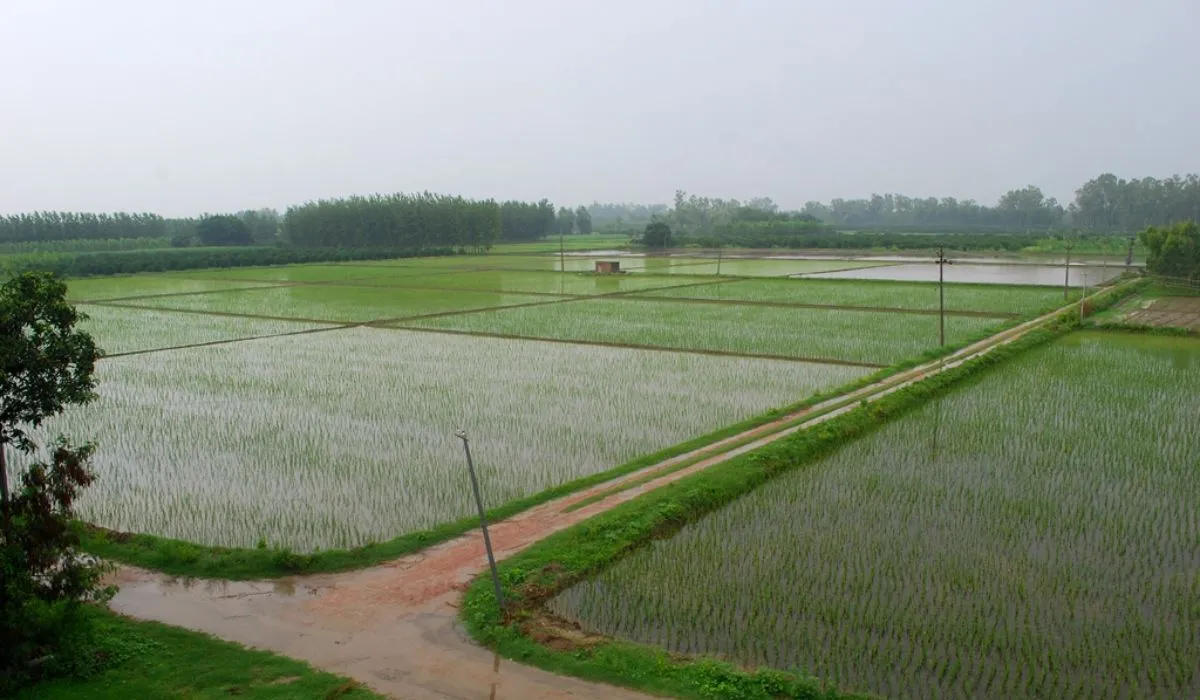Step inside a contemporary dairy farm today and you may be shocked. It's not only cows in the field and pails of milk anymore. There are sensors in the barns, cow-milking machines that do it automatically, and computer programs monitoring just how much a cow consumes or moves. Farming is not behind the times—it's becoming intelligent. And much of it is because of something referred to as livestock and dairy tech.
What Is Livestock and Dairy Tech?
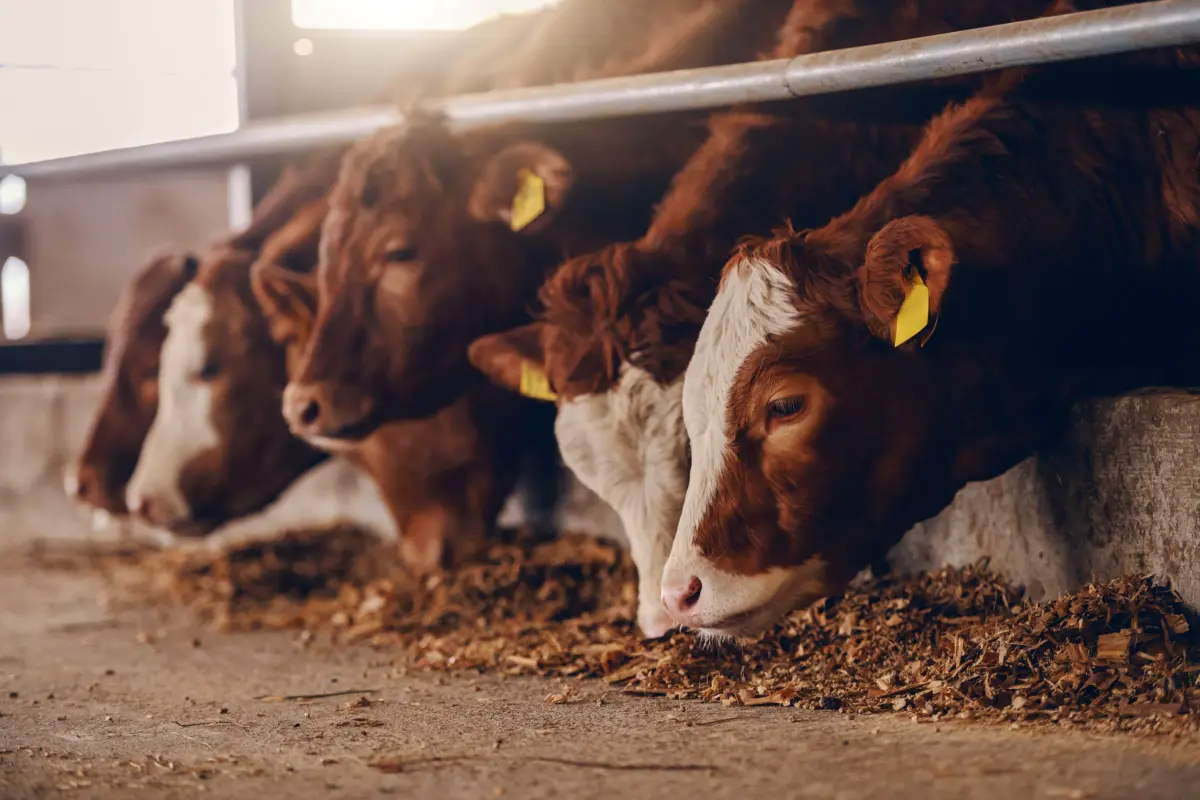
Livestock and Dairy Tech is the management of domestic animals and focus on increasing productivity.This field utilizes various technologies to improve animal health, breeding, and overall farm management, leading to increased efficiency and sustainability in livestock production.
It speeds things up, gets them more accurate, and often, more animal-friendly as well.
Why Farms Needed a Tech Upgrade
Agriculture has never been straightforward. Cattle diseases, changing weather, increasing expenses, and shortages of laborers were ever-present issues. And on top of that, people kept demanding more milk and meat, and wanted better quality. It all meant that old techniques were no longer sufficient. Better equipment, not additional hands, was what farms required.
That's where technology came in. It provided farmers with a new means of getting a head start: smarter choices, waste reduction, and healthier animals. As time went by, it became evident—farms that utilized tech remained more profitable and more efficient compared to farms that didn't.
Tech That Watches Over Cows
One of the most amazing aspects of livestock tech is the way it supports the monitoring of cows. Consider this: a cow cannot report to you if she's not well or if she's ready for milking more frequently. But with intelligent collars, sensors, and apps, farmers now receive that data in real-time.
- Heat Detection: These devices can even detect when a cow is in heat (ready to breed), which aids in reproduction cycles.
- All this reduces guesswork. The farmer clearly knows which cow needs to be attended to and at what time.
- Milking Gets an Upgrade
The days of manually milking twenty or thirty cows individually are now over. Now, automatic milking machines (also referred to as robotic milkers) are doing the work.
They:
- Make cows walk up and be milked at their will.
- Sanity the udder, connect the milking device, and slide milk out carefully.
- Monitor how much milk is produced by each cow and how frequently.
For farmers, this translates to improved time management. For cows, it translates to reduced stress and increased liberty. And since the machines also monitor milk quality and flow, farmers can catch problems early—such as infections or shifting diet requirements. Feeding Smarter, Not More
Feeding a dairy herd may seem easy—but it's not. Give them too much feed and you waste money. Give them too little and animals lose weight or produce less milk. And these systems monitor leftovers. So if cows aren't consuming enough, the farmer will know something is amiss.
Health Monitoring and Disease Control
Health is paramount in dairy and livestock production. An ill cow can spread disease quickly or not give milk anymore, which would be expensive for the farmer. That's why early diagnosis ranks among the greatest victories in dairy technology.
- Some of the technologies utilized today:
- Thermal Cameras: These identify heat signatures to locate inflammation or infection.
- Rumen Sensors: Tiny devices placed within the cow's stomach to monitor digestion and temperature.
- Cow Fit Trackers: These track steps and rest time, and can detect lameness or discomfort.
By following up on problems early on, farmers are able to treat the animals earlier—and sometimes using fewer medications.
Digital Farm Management Tools
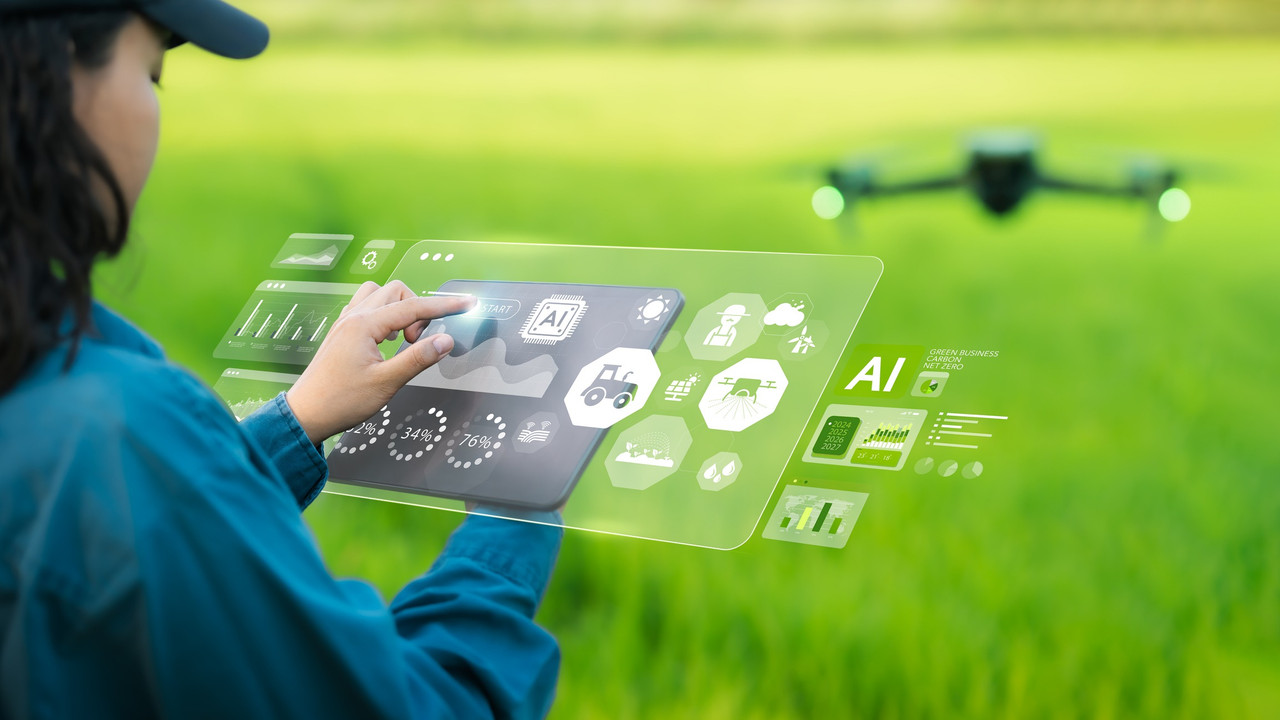
It's not only the cows receiving technological attention. Farmers themselves now utilize apps and platforms to run their whole farm.
These solutions assist with:
- Herd records: Monitoring each animal's history, production, and health.
- Breeding plans: Knowing when to breed or anticipate calves.
- Milk production reports: Tracking how much each cow produces over time.
- Financial monitoring: Monitoring input costs and profits with a watchful eye.
Rather than paperwork and memory, it's all in one place. Some systems even send reminders or alerts to the farmer's phone.
Improved Waste and Water Management
New farms don't only care about milk—most care about the planet too. New technologies make waste, water, and energy management more efficient.
These systems also keep the field green with the provided sources
Challenges Farmers Still Encounter
Although the advantages are numerous, employing livestock and dairy technology isn't without some difficulties. Below are some real-world hurdles:
1. High Initial Expenses
Some of the equipment—such as robotic milkers or health monitors—is costly. Small-scale farms cannot always afford it without loans or support.
2. Training and Learning
Technology has to be understood. Not all farmers are comfortable with new apps or machines. It's a learning process that requires time, and in some cases, the tech support isn't always within reach.
3. Internet and Connectivity
There are still rural farms without good internet connectivity, which makes it difficult to use cloud-based systems or live monitoring.
4. Maintenance
Machines will break. Sensors will malfunction. Keeping it all humming involves regular maintenance—and sometimes a little outside assistance.
The Future Looks Bright
While there are challenges, here's one thing for certain: livestock and dairy tech is not going anywhere. If anything, it's just getting underway. With AI, machine learning, and even drones, farms are more integrated than ever before. Picture being able to monitor your herd's health from your phone at home—or have a drone fly over fields to look for broken fences or stray animals. These are not distant visions. They are reality today in test farms and pilot projects all over the globe.
Final Words
Agriculture has never been about sweat, patience, and attention to detail. That doesn't change. But with smart machinery and digital agriculture, farmers have more efficient methods of doing what they've always done: producing food for humans and caring for animals.
Livestock and dairy technology isn't about replacing the farmer—it's about assisting him. Assisting him to save time. Assisting him to reduce error. Assisting him to establish a farm that is more productive, more sustainable, and future-ready.
And at the end of the day, whether its a cow with a health tracker or a midnight robot milking, all this technology has one purpose: to make farming more efficient and better for all—farmers, animals, and the people they feed.



